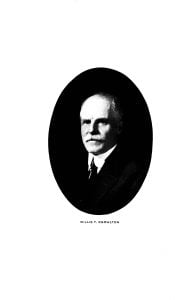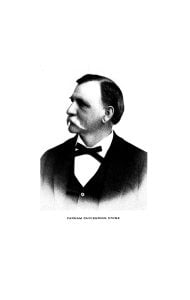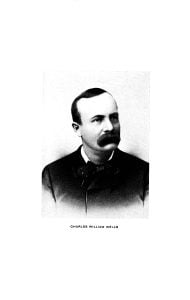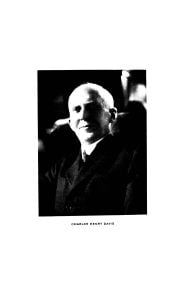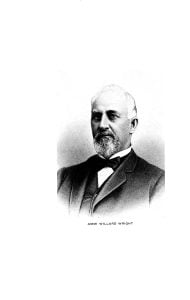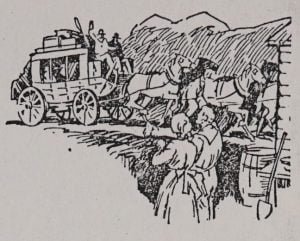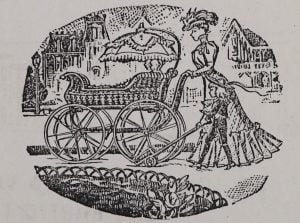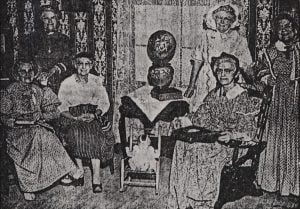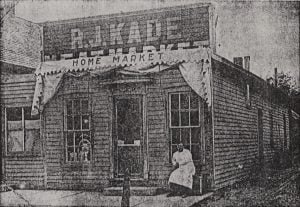Biography of Willis T. Knowlton
Willis T. Knowlton, born July 30, 1848 in Portsmouth, New Hampshire, played a pivotal role in logging and lumber operations in Michigan and Minnesota alongside Ammi W. Wright for nearly four decades. From a family of shipbuilders, Knowlton’s business acumen flourished after moving to Chicago in 1864. His career took a significant turn after the great Chicago fire of 1871, eventually leading to his partnership with Wright. The successful merger of several business entities into the A. W. Wright Lumber Company saw annual production reach thirty million feet of logs. The business concluded in 1902 when the timber reserves were depleted. Knowlton also ventured into Minnesota’s logging and railway business, concluding those activities in 1897. He married Grace B. Ketcham in 1879, had two daughters, and spent winter seasons in California. Esteemed in Saginaw, Knowlton was a dedicated member of St. John’s Episcopal Church and highly respected in the community.

